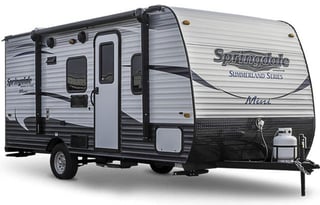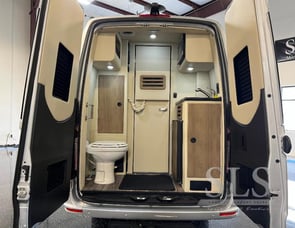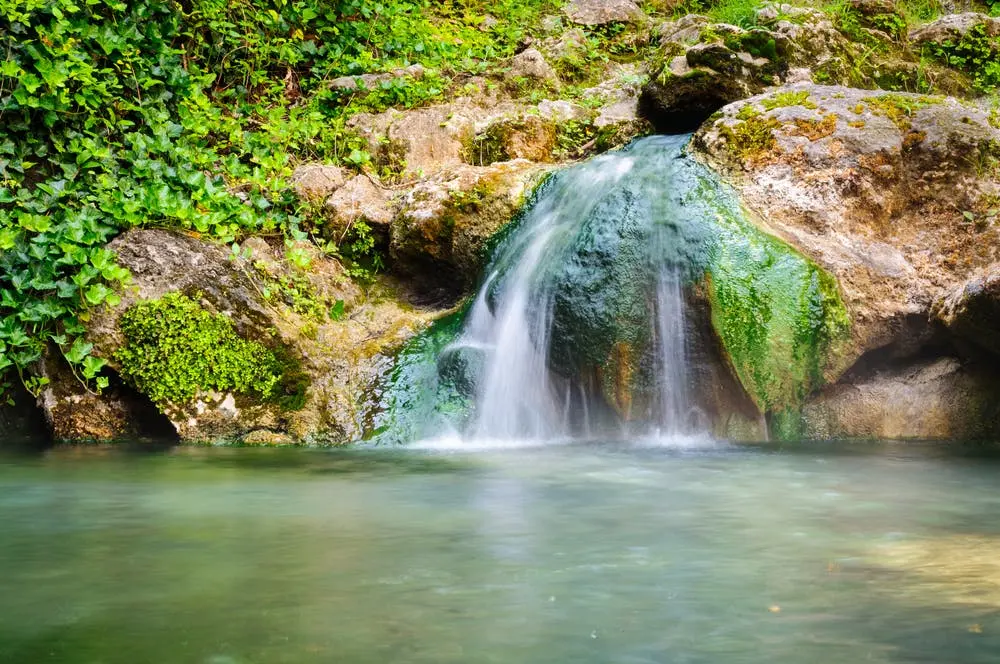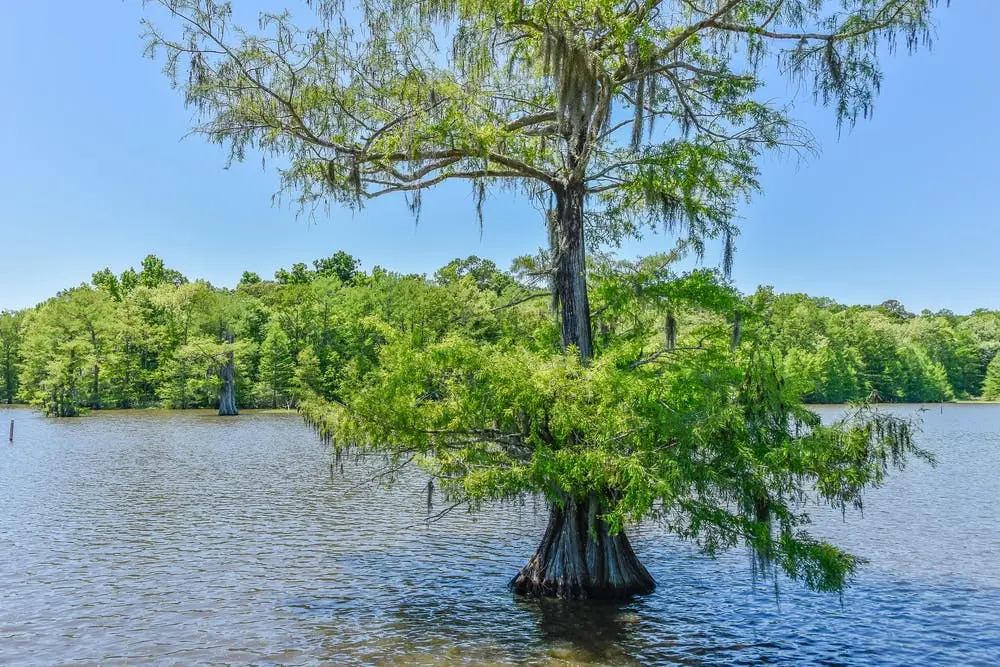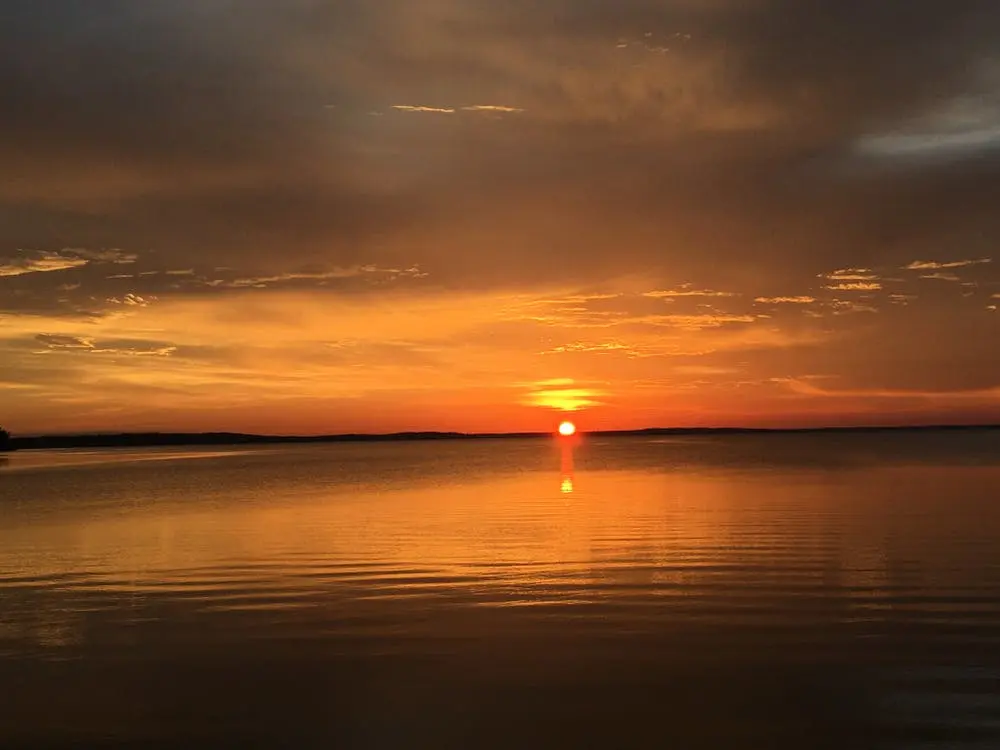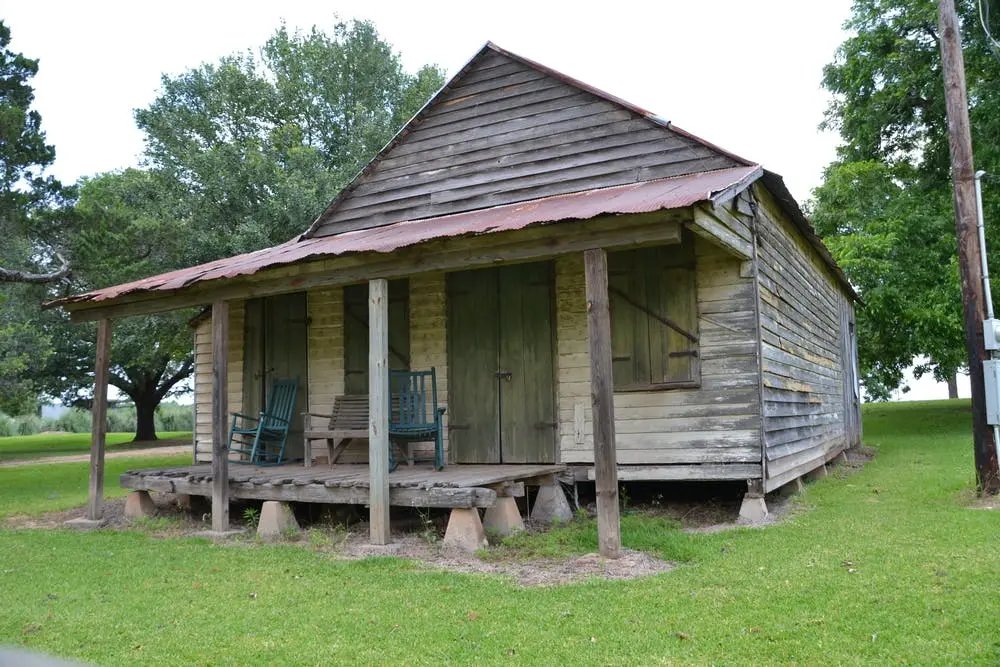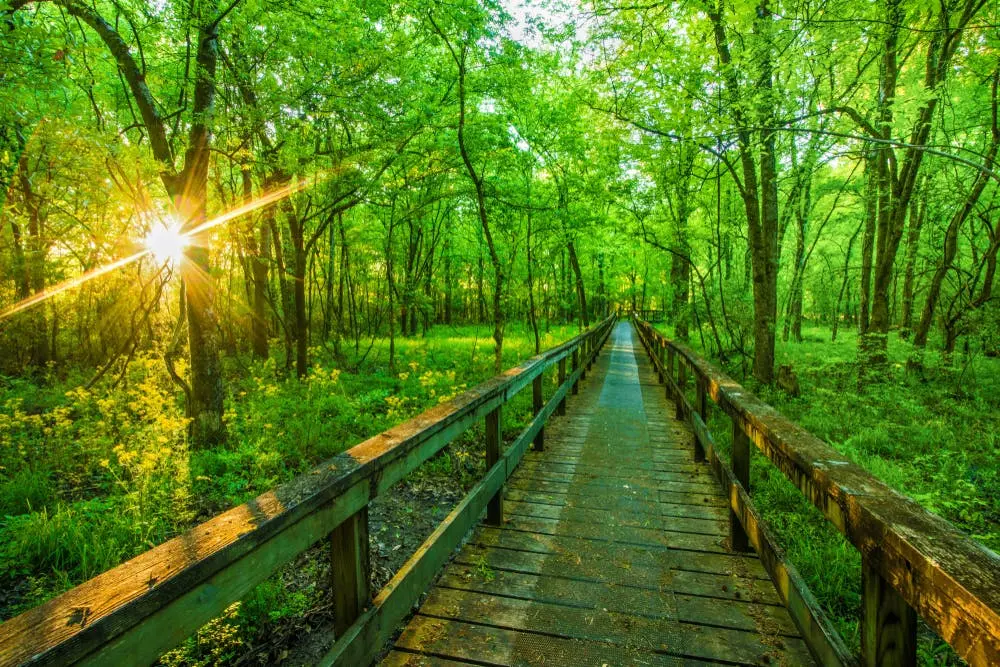Explore Alexandria, Louisiana
RV Rentals Near Alexandria, LA
Top Camper Van RV Rentals
Longer Term RV Rentals in Alexandria, LA
Budget Friendly RV Rentals in Alexandria, LA
Pet Friendly RV Rentals in Alexandria, LA
Top Motorhome RV Rentals



Alexandria, Louisiana was founded in 1819 and named after Alexander Fulton. He was the first American steamboat captain to travel up the Red River. It is the parish seat of Rapides Parish and the largest city in Central Louisiana. Alexandria is located on the Red River (although some prefer to say it's on the Atchafalaya River). The surrounding area is notable for its many cypress swamps and bayous. Alexandria's climate is subtropical, with hot, humid summers and mild winters. The average annual precipitation is about 59 inches of rain, most falling between April and October.
French settlers initially developed the city as a river port in the colonial era. However, it came into its own when American troops stationed there during the Seminole Wars built Fort Griffith in 1821. Around this time, several planters from nearby plantations began moving into town. They were attracted by its growing reputation as a bustling commercial center. Alexandria soon became known as a leading cotton market with warehouses and mills springing up along the waterfront.
In 1860, Alexandria was designated as a Confederate supply depot and military hospital center. This led to an influx of troops and even more economic activity. However, all this came to a halt with the arrival of Union troops in 1863, who occupied Alexandria for the duration of the Civil War. Afterward, Reconstruction brought further changes, as formerly enslaved people began moving into town in search of opportunity. The city continued to grow throughout the late 19th and early 20th centuries. This was aided by construction of several railroads that made it even more accessible.
Today, Alexandria is a thriving small city with a diverse economy based on healthcare, tourism, education, and manufacturing. It is home to the main campus of Louisiana State University at Alexandria. Alexandria Zoological Park and Kisatchie National Forest are among the numerous historical sites. Visitors can also enjoy various activities in Alexandria, such as fishing, boating, hiking, and cycling. There are also some great restaurants and bars in the city.
Campgrounds Near Alexandria, Louisiana
Riverview RV Park features free Wi-Fi and waterfront sites so that you can enjoy these two essentials for work, business, or relaxation. The large clubhouse features a fireplace, library, and kitchen. Plus, all of the park's laundry facilities are open 24 hours per day, and propane is supplied too!
River Cities RV Park is a tiny park located off Interstate 49 and a short walk to the nearest RV repair shop. It's also next door to an authentic Mexican restaurant, making it the perfect place to get your Tex-Mex fix. The park also has multiple vending machines on site, including a Coke machine, and visitors can appreciate its strong Wi-Fi.
Poches RV Park and Fish-N-Camp will be great choices if you like to fish. The campground is located in Lafayette, Louisiana, only a few minutes from Interstate 10. The park features over 50 fishing ponds stocked with live bait caught from the nearby Atchafalaya River. There is also a large clubhouse and electrical hookups for RV campers. All outdoor sites have convenience hookups, such as water and sewer services plus 50-amp electric service.
State Parks Near Alexandria, Louisiana
Chicot State Park consisted of 6,400 acres (2,600 ha) of land and was established in 1939. The park's main feature is Lake Chicot, a 20-mile (32 km) long oxbow lake once part of the Mississippi River. Other park features include hiking trails, campgrounds, and picnic areas. The area around the lake is full of cypress trees, some of which are over 1,000 years old. Chicot State Park is home to many wildlife species, including bald eagles, ospreys, Great Blue Herons, and alligators. The hiking trails wind through the cypress forest and offer views of the lake and wildlife.
Jimmie Davis State Park is named for the former Louisiana governor and country music singer who was nicknamed "The Singing Governor." There are two lakes at Jimmie Davis State Park, which are great for fishing. There are also hiking and biking trails, playgrounds, and picnic areas. The park has a campground with over 100 campsites. Whether you're looking to enjoy a day out in nature or camp under the stars, Jimmie Davis State Park is a great option.
South Toledo Bend State Park is located on the shores of South Toledo Bend Reservoir, an artificial lake created in the early 1960s. The reservoir is approximately 85 miles long and has a maximum depth of 150 feet. The park offers a variety of recreational activities, such as camping, fishing, swimming, hiking, and picnicking. Visitors can enjoy a variety of shops and restaurants while strolling down Main Street. There are also several beds & breakfast establishments if you're looking for a place to stay overnight.
National Sites Near Alexandria, Louisiana
Cane River Creole National Historical Park was established in 1994. It commemorates the history and culture of the Cane River Creole people. The park has four sites: the Oakland Plantation Complex, Magnolia Plantation Complex, Leland Plantation, and Isle Brevelle. The Cane River Creole National Historical Park tells the story of the Creole people who live along the Cane River in central Louisiana. These people are of African, French, and Spanish descent and have unique cultures and languages. Visitors can learn about the history and culture of the Cane River Creole people through exhibits at the Oakland Plantation Complex and Magnolia Plantation Complex. They can also participate in ranger-led programs and activities, such as guided tours of the plantations, canoe trips down the Cane River, and hayrides.
Natchez National Historical Park preserves and interprets the history of the Natchez people from the time before European colonization through theorems period of interactions with Europeans to their eventual decline as a distinct culture. The park also tells the stories of the African Americans who lived in the area before and after the Civil War. The park was established in 1988 and covered an area of 527 acres (213 hectares). Visitors can learn about Natchez's culture and history through exhibits at the visitor center. They can also participate in ranger-led programs or explore the park independently. Several historic buildings and sites within the park are open to visitors, including Fort Rosalie, Melrose Estate, and Stanton Hall.
Natchez Trace Parkway was established as a national parkway on May 18, 1938. The Parkway is a unit of the National Park Service and runs through three states, Mississippi, Alabama, and Tennessee. The Natchez Trace is a historic route that connects Nashville, Tennessee, to Natchez, Mississippi. The Parkway follows the Trace for 440 miles. The Natchez Trace was used by Native Americans long before Europeans arrived in North America. Once the Europeans did arrive, the Trace became an important trade and travel route.
National Forests Near Alexandria, Louisiana
Kisatchie National Forest is home to many different plant and animal species. Its unique location in the heart of Louisiana makes it an ideal spot for birdwatching, hiking, and camping. Kisatchie National Forest has five Ranger Districts. These are Calcasieu in the southwest, Catahoula in the center, Kisatchie in the south, Sabine in the east along the Sabine River, and Vernon in the northwest.
Sabine National Forest covers parts of five Louisiana parishes - Natchitoches, De Soto, Caddo, Bossier, and Webster. The forest headquarters is located in Many, Louisiana. The forest is named for the Sabine River, which forms its western boundary. The Sabine National Forest is home to various plant and animal species, including black bears, alligators, bald eagles, oaks, cypresses, pines, and ferns. The forest provides a habitat for these and many other species of wildlife. The Sabine National Forest offers a variety of recreational opportunities for visitors that include camping, fishing, hiking, biking, bird watching, picnicking, photography, canoeing, and kayaking.
Homochitto National Forest is a protected area in the southern United States. The forest covers 191,839 acres of land and is the second-largest national forest in Mississippi. The name "Homochitto" comes from the Choctaw word for red oak, which is abundant in the area. The forest was established in 1936 and has since been managed by the United States Forest Service. Recreational activities in the Homochitto National Forest include camping, hiking, fishing, hunting, and canoeing. Some several scenic drives and trails wind through the forest. The Homochitto National Forest is home to various plant and animal life. This includes black bears, deer, bobcats, squirrels, and numerous bird species.
Best National Parks Near Alexandria, LA
Carlsbad Caverns National Park is home to some of the world's most impressive caves and underground formations. The park s itself is located in southern New Mexico, in a region known as the Guadalupe Mountains. It covers over 80 square miles of land, making it one of the largest national parks in the United States. The caverns were formed millions of years ago when an underground river slowly carved out these great spaces. Today, visitors can explore more than 119 caves at Carlsbad Caverns National Park. Some popular attractions include the King's Palace, Queen's Chamber, and the Big Room. The Big Room is impressive, measuring 1,800 feet (549 meters) long and 625 feet (191 meters) wide. It is also one of the tallest caves in North America, reaching a height of 255 feet (77 meters).
Named after the big bend in the Rio Grande that separates Texas from Mexico, Big Bend National Park is one of the largest and most remote national parks in the United States. Covering over 801,000 acres, the park is home to various landscapes, plants, and animals. From desert landscapes to mountains and canyons, visitors can experience a truly wild place. There are numerous opportunities for adventure in Big Bend National Park. Some of the activities that visitors enjoy are hiking, backpacking, camping, mountain biking, horseback riding, and river rafting.
Hot Springs National Park preserves unique hot springs, as well as a variety of plant and animal life. Hot Springs National Park was established in 1832, making it the oldest national park in the United States. The hot springs for which the park is named flow from a natural underground reservoir of water that is heated by the earth's mantle. The temperature of the water can reach over 200 degrees Fahrenheit. The hot springs have been used for therapeutic purposes for centuries, and today there are several bathhouses in the park where visitors can enjoy their benefits. In addition to its geothermal features, Hot Springs National Park is also home to various plant and animal life. The park's forests are home to white-tailed deer, black bears, coyotes, and other wildlife. Hiking trails wind through the park, offering opportunities to see its diverse flora and fauna up close.
Popular State Parks Near Alexandria, LA
Must-see Monuments and Landmarks Near Alexandria, LA
RVshare’s Top Picks for Nearby RV Parks & Campgrounds
RV Rentals Near Alexandria, LA
Frequently Asked Questions About Renting an RV Near Alexandria, LA
How much does it cost to rent an RV in Alexandria, LA by trip duration?In most areas, the price to rent a motorhome is around $200 a night and the price to rent a towable trailer is around $120 a night.
What does RVshare Protection cover with my Alexandria, LA RV rental?RVshare's protection plan standard package covers up to $300,000 in comprehensive and collision coverage based on the value of the RV. It also includes free 24/7 roadside assistance and free towing and tire service. For more information on RVshare insurance, click here.
What is included in my Alexandria, LA RV rental?You should find any amenities that are included with your rental in the listing details. But it never hurts to check in with the owner before you arrive at the RV or have it delivered to ensure you have everything that is needed to have a fun and enjoyable trip!
Can I have my Alexandria, LA RV rental delivered to a specified location?Many owners on RVshare.com offer delivery, and will even set it up for you at the campsite. Choose the 'Delivery' filter to narrow down your search results to RVs that can be brought to your home or destination. Check the listing details for any information regarding extra fees for delivery, or ask the owner if you are unsure.
